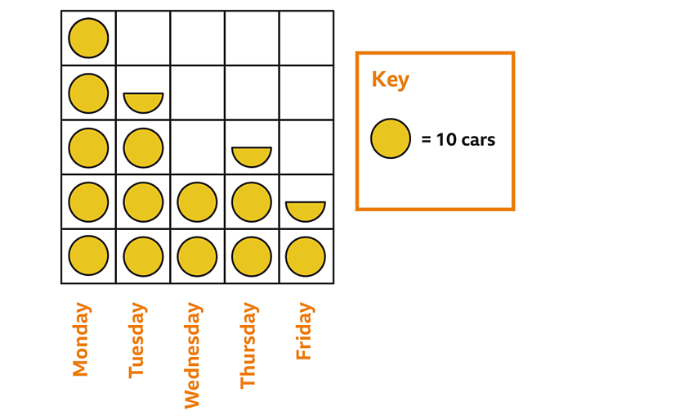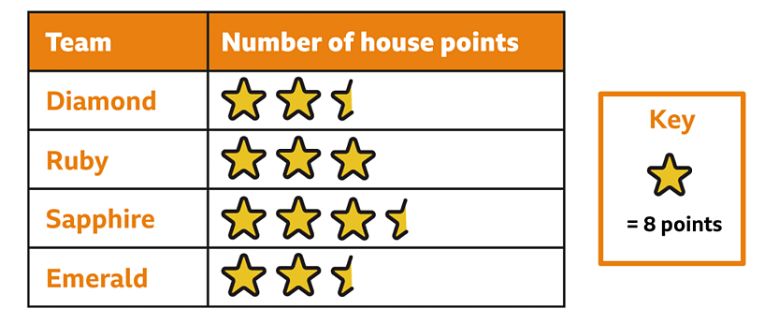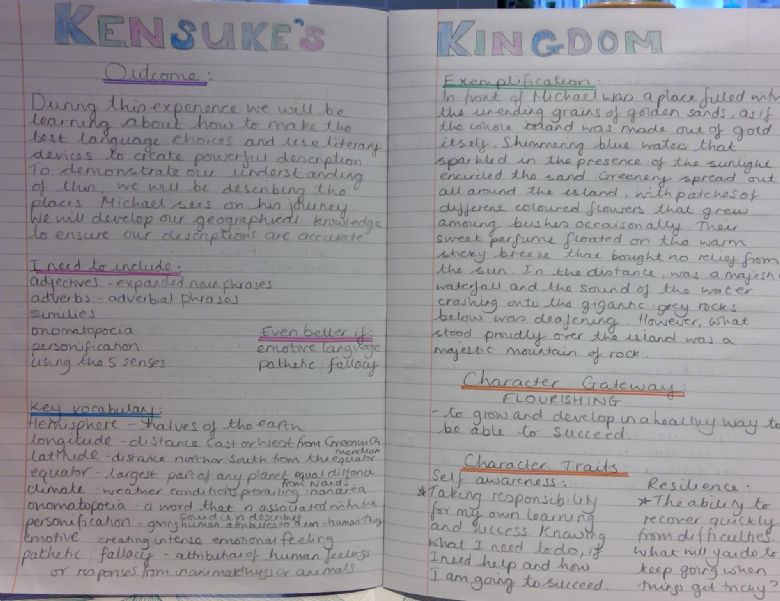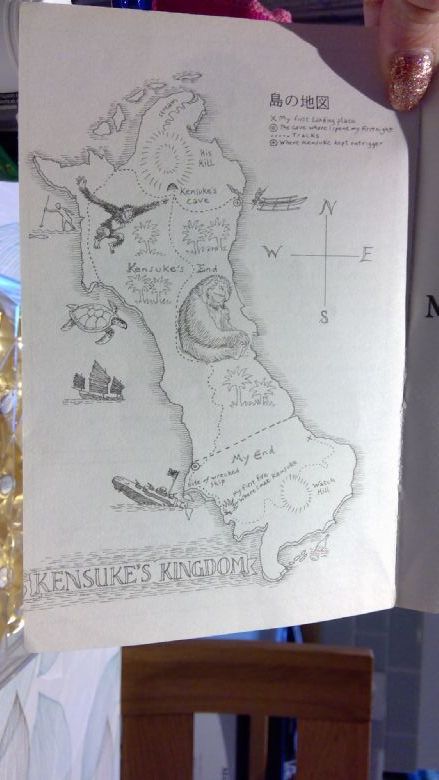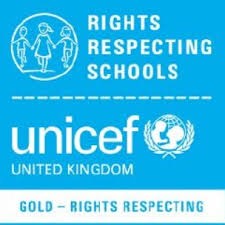Tuesday 5th January 2021
Hi class 3!
As you know, Mrs Chandler and I share your class teaching during the week and this will continue with home learning. Therefore, if you have any problems on a Tuesday or Wednesday please email Mrs Chandler directly. Her email is rchandler-persaud@four-elms.kent.sch.uk
If you do email me by mistake, I will forward them on and Mrs Chandler will reply. You will see that I appear on some days and Mrs Chandler on others when it comes to the videos. Don't let this confuse you, it is just how we are sharing the work between us.
So we are diving into our learning today and I have lots of videos, examples and instructions to accompany everything you need to do today.
Good luck and send us through photos of the work completed!! :)
|
Time |
Learning |
|
9-9:30 |
TT Rockstars – 2 studio sessions and 2 sound checks before you go onto garage. Don’t forget you can challenge me and I will be challenging you too! If you are a Lexia pupil, please use this time to complete your Lexia for the day. I will be checking and sending out certificates as you achieve them. |
|
9:30 – 10.30 |
Maths
LO: to know what a pictogram is and understand the benefits of using them when representing data SC1: I can define what a pictogram is SC2: I can use a key to show what my symbols represent SC3: I can use a pictogram to represent discrete data A pictogram is a chart that uses pictures or symbols to represent data so you don’t have to look at lots of numbers. You have to read pictograms carefully so you understand what the symbols mean. All pictograms should have a key. A key shows you what each symbol represents. Example 1 Take a look at this pictogram. It shows how many cars a salesman sold during a week.
The key on the right shows you that each circle represents 10 cars. A pictogram to show how many cars a salesman sold during the week How many cars were sold on Wednesday? Wednesday has 2 circles so: 10 + 10 = 20 cars How many cars were sold on Thursday? A semi-circle represents 5 cars, because that is half of 10. 10 + 10 + 5 = 25 cars Example 2 Take a look at this next pictogram.
The key shows that one star represents 8 points. A half star must represent 4 points, since it is half of the whole. A pictogram to show the number of house points collected in a school How many points did Sapphire win? The pictogram shows that Sapphire have 3 full stars and a half star. You can use the key to work out how much this is in total: 8 + 8 + 8 + 4 = 28 points How many more points did Ruby win than Emerald? For this question, you will have to subtract once you have worked out how many points each house won. Ruby were awarded 24 points. Emerald were awarded 20 points. 24 - 20 = 4 points Have a look through the PowerPoint to see what you must include when creating your own Pictogram. Activity: Complete the questions from the pictogram activity sheet attached below. There is a green chilli challenge and an orange/red chilli challenge. Complete the one you would normally do in class. You all know what chilli level you are. Green chillies, if you whizz through your question have a go at the next chilli challenge. This will give you an opportunity to apply the knowledge you have gained. Extension: Choose something from around your house and create a pictogram to represent it. Use the PowerPoint to remind yourself of all the information it must include. Have a look at my example to help you. Finally, identify you SC in your work. |
|
10:30-11:00 |
Break time/snack time Exercise – e.g. mindfulness yoga, fresh air in the garden, run up and down the stairs seeing if you can get faster every time! Yu need to keep your body active so that your brain can keep active too. |
|
11:00 – 12.00 |
English
Task 1: Use my launch page to help you to create your own. It is not the same as the launch pages we do at school as I am aware some of you struggle with printing etc. Therefore, I have included the key information and a link to an example of an exemplar for the outcome. Remember, your launch page should be there to refer back to throughout so that we can see how we are progressing in our learning but also set ourselves targets of what we still need to learn or achieve to create the best possible outcome.
Task 2: LO: to know what adjectives and adverbs are and understand how they are used SC1: I can define adjectives and adverbs SC2: I can identify adjectives and adverbs in a familiar text SC3: I can create well written sentences demonstrating my understanding of adjectives and adverbs First we need to know what adjectives and adverbs are and explain what they mean. Watch the following clip. https://www.youtube.com/watch?v=c05dNgwXYks Then, write your own definition of an adjective and an adverb. Give one or two interesting examples (you could use the ones from the video to help you). I have attached an adjective and an adverb word mat to help you if you need it. Now that we know what they are, we are going to identify them in a text. As we are working on Kensuke’s Kingdom, I have given you an extract from the sixth chapter. If you can, print it off then do so and stick it under your definitions. If not, then you can complete this activity on the word document I have attached, just like I have in my video. Make sure you create a key so I know which colour is adjectives and which is adverbs. Finally, you need to demonstrate your understanding of the use of adjectives and adverbs. When we apply our learning, we are always thinking of our outcome and we will be creating descriptive passages of each of the places that Michael sees on his voyage. Therefore, to apply our learning today we will take inspiration from Kensuke’s Kingdom. The blurb tells us: “Washed up on an island on the pacific, Michael struggles to survive on his own.”
Using just this sentence and the image below it, I want you to create a short description of what you think the island could be like. Limit this to 3 or 4 lines. Make sure you include all our non-negotiables (handwriting, punctuation, CL etc). Finally, identify your success criteria and reflect on your learning so far. Have you learnt anything today that you didn’t know before, did you challenge yourself as much as possible when applying your learning, if you were struggling did you show our character trait of resilience? |
|
12:00- 1:00 |
Lunch |
|
1.00 – 1.15 |
Wellbeing Dear Year 3, Dear Year 4, |
|
1:15- 2.15 |
Geography Project
LO: to know key geographical locations and know where they are on a map of the world SC1: I can name and locate the 7 continents SC2: I can name and locate the 5 oceans SC3: I can identify where the UK is and name some of the seas that surround it Watch my video to guide you through your learning about the continents and oceans as we begin to expand our geographical knowledge. Open Google earth and zoom out so that you can see the whole globe. As we look at the globe, do you think there is more water or land on Earth overall? (More water) It’s a watery world we live on – that’s why Earth is sometimes called the ‘blue planet’! Open the world geography tutorial and quizzes (https://www.sheppardsoftware.com/World_Continents.htm) and select the tutorial. All the land in the world (shown in dark green) has been divided up into 7 big chunks called continents: Europe, Africa, North America, South America, Asia, Australasia and Antarctica. Explore the location of each continent on the interactive map. These continents are separated or surrounded by really large seas called oceans (in shades of pale green on the map). These are the Pacific Ocean, the Atlantic Ocean, the Indian Ocean, the Southern Ocean and the Arctic Ocean. Show the different seas and oceans on the map by clicking on them. On maps, the Pacific Ocean often looks as if it is in two separate parts. These two parts are actually one very large ocean that appears ‘split up’ on a flat map. Seas surround countries like the UK, whilst oceans stretch between continents. In a way seas are inside oceans, a bit like classrooms are inside a school. Go back to the world geography (https://www.sheppardsoftware.com/World_Continents.htm) home page and select the beginner-level map activity to confirm the oceans’ locations. As you get more confident go through the other levels until you are really secure in your knowledge. Can you complete the expert level and get 100%? Activity: If you have a printer then print off the world map and label all the oceans, continents, the UK and some of the surrounding seas. Can you challenge yourself to identify some countries that you know or that you may have visited? If you don’t have a printer, open the map document and use Word to label the part of the globe. You can see I have done it using a computer pen but you can also do it using Word typing too. Can you identify your SC in your work? Write a reflection about how you found this task. Did you learn something new? How well you think you have demonstrated our character trait. |
|
2.15 – 2.30 |
Assembly
|
|
2:30 – 3.00 |
Guided reading This year we have covered many skills in guided reading including retrieval, predicting and inference about characters thoughts and feelings. We will be revising these skills during our time looking at Kensuke’s Kingdom, focussing predominantly on inference but utilising our other reading skills as necessary. LO: to know how to infer characters thoughts and feeling from details given SC1: I can identify important words and phrases that give us clues SC2: I can use my knowledge of emotions to infer how a character may be feeling SC3: I can relate a characters thoughts and feelings to events in my own life Read the extract from chapter 1. It is quite long so use the recording from yesterday to listen to as you read along, that way you can focus on what is being said. Highlight the parts of the text that tell you how Michael is feeling at different points in his daily life. Once you have done that, create a way of presenting this; it could be a table, a list, a thought map, a bubble map, you could draw a picture of Michael and put his thoughts and feelings in bubbles around him. You will need to include information such as the time/place e.g. and how he was feeling about it. Try to use more interesting vocabulary that happy or excited. Can you also write the part of the text that evidences this. St Joseph’s school – “I was happy there.”. Michael enjoyed being at school playing with his friends and using the school equipment. His dad called him Monkey Face because all the children ran around like monkeys at the school. Finally, I want you to consider how you feel about your life. Can you identify things that are similar to Michael? Or is your life very different and you feel differently about it. Are there things Michael gets to do that you would like to do? Write 2 or 3 sentences at the end of your work about this. Finally, identify your SCs in your work. |
|
3.00 – 3.15 |
Story Time – Kensuke’s Kingdom (next chapter for guided reading tomorrow)
|

